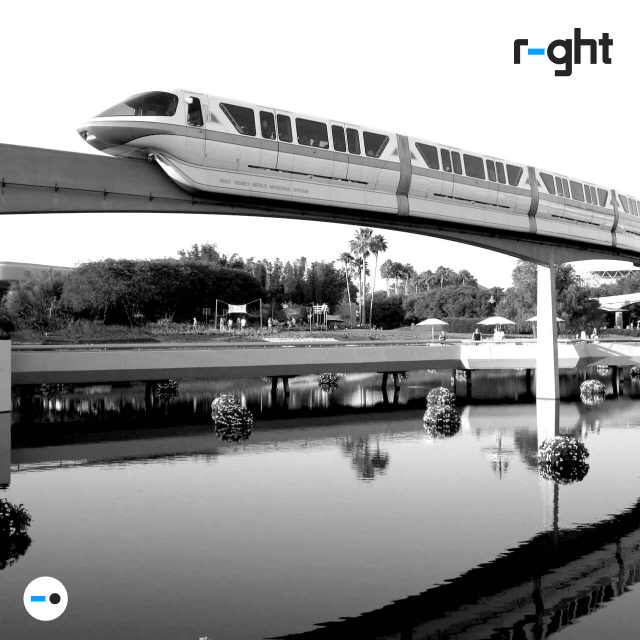How do you walk toward desire?
Your primer on how desire paths reveal what people want, helping them achieve certainty and efficiency along the way.
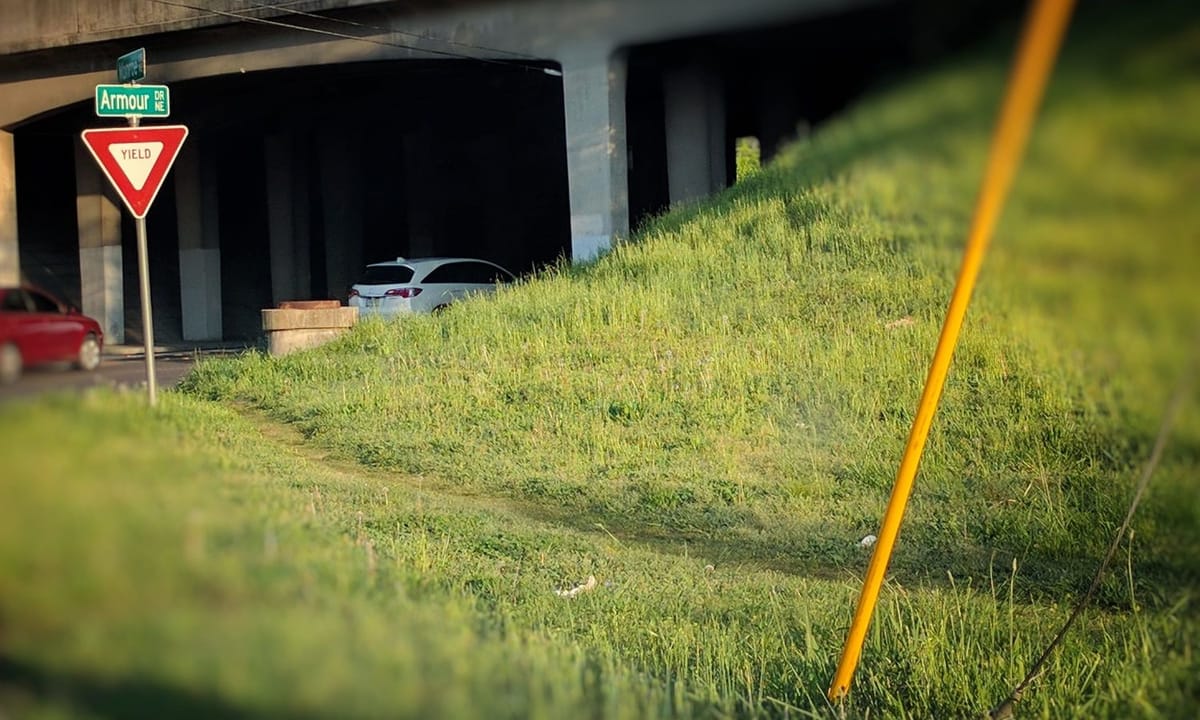
Knowing what people want sits at the heart of every product, service, and business. Fulfilling people's desires is profitable.
But how do you know what people want?
In this article we explore a useful frame for thinking about desires. Specifically, you'll learn how people crowdsource solutions for achieving their desires, and how you can take advantage.
Solutions that reveal themselves naturally
Like all life, people are efficient animals. Time, money, energy, and effort are costly. Nothing is so costly as uncertainty. Uncertainty means risk.
There are many ways to reduce uncertainty, and one of the best is to take advantage of the experiences and knowledge of others.
How do you get from Point A to Point B? When it comes to your commute, walking through your city, or even navigating the aisles at your grocery store, this is a fairly easy problem to solve with time and effort.
Let's consider an example.
Imagine you, a Freshman, just arrived on your new college campus. It's the first day of class and you need to walk from your dorm on East Campus to the Science Hall on North campus. You know the shortest distance between two points is a straight line, you know the general direction you need to go, and you know the name of the building.
So you set off. Like a torpedo, you walk toward your destination. You follow streets that take you in the general direction. You walk down or across quads that sit between buildings as you get closer. Eventually, you arrive. Since you must make the walk again, next time you make your route more efficient. If you make the journey enough, the way you go will be about as efficient as it can be.
In nature, this kind of repeated, iterative foot traffic results in a literal form of creative destruction. Trudging across a field, a park, through the untamed woods, or the carefully manicured college campus, all of that walking damages grass and low-lying vegetation.
You blaze a trail — a "desire path:"
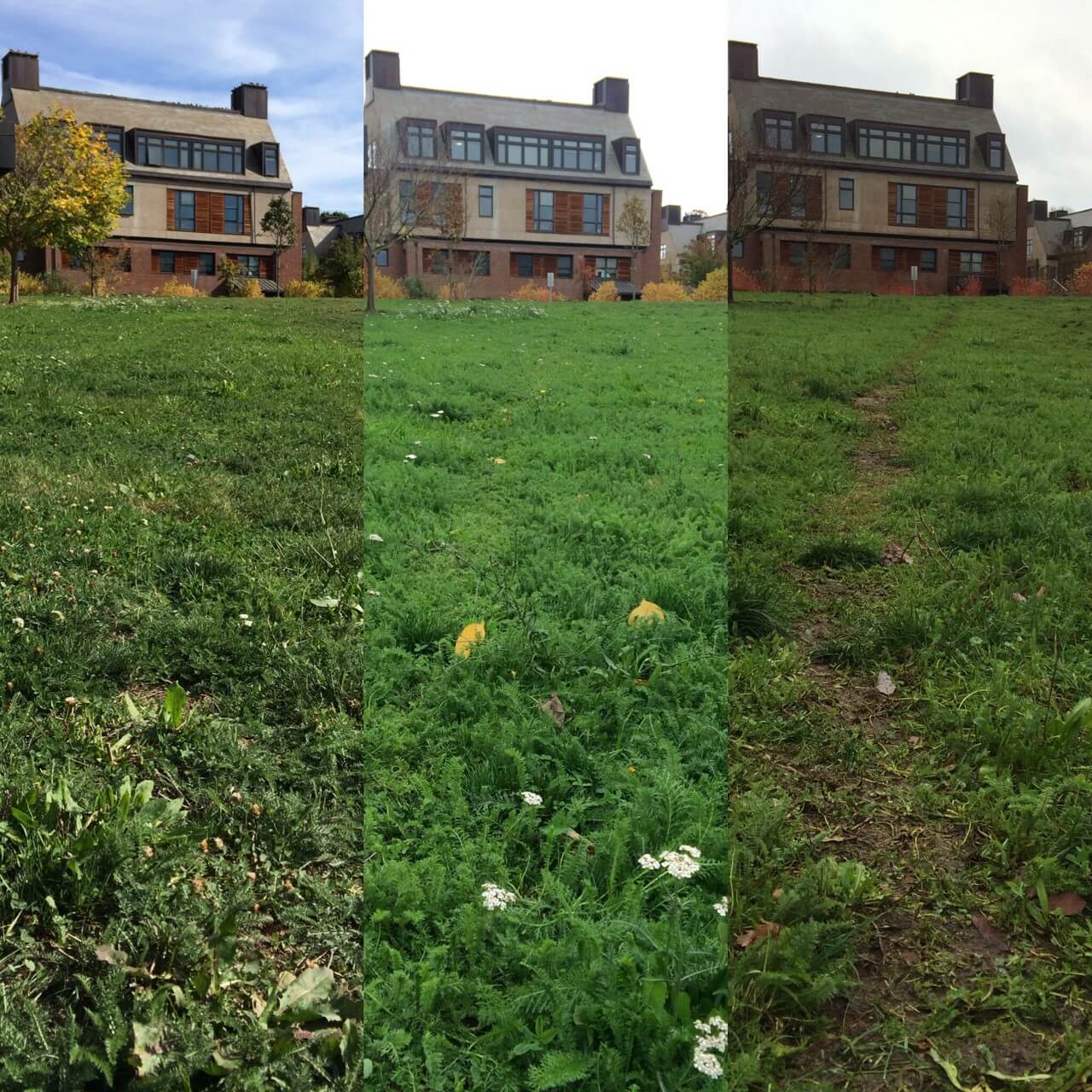
Desire paths are spontaneous, emergent creations that reveal the direct routes people take to get from one place to another. Desire paths offer a clear and efficient way for people get what they want.
Desire paths reveal the wisdom of crowds
Though desire paths can come about from a single person's efforts, they just as likely arise from the aggregated work of many people. Whether students, tourists, denizens, hikers or bikers, moving from one place to another results in a network of desire paths in every direction.
Remarkably, this anarchy generates value that is freely available to everyone. Now, in the face of uncertainty and having never traversed a space before, you can still trust in the wisdom of crowds to efficiently guide you on your way to wherever you want to go.
In this way, desire paths are like living products. And for a particular kind of person, desire paths represent an opportunity to cement that living product into a permanent offering for profit.
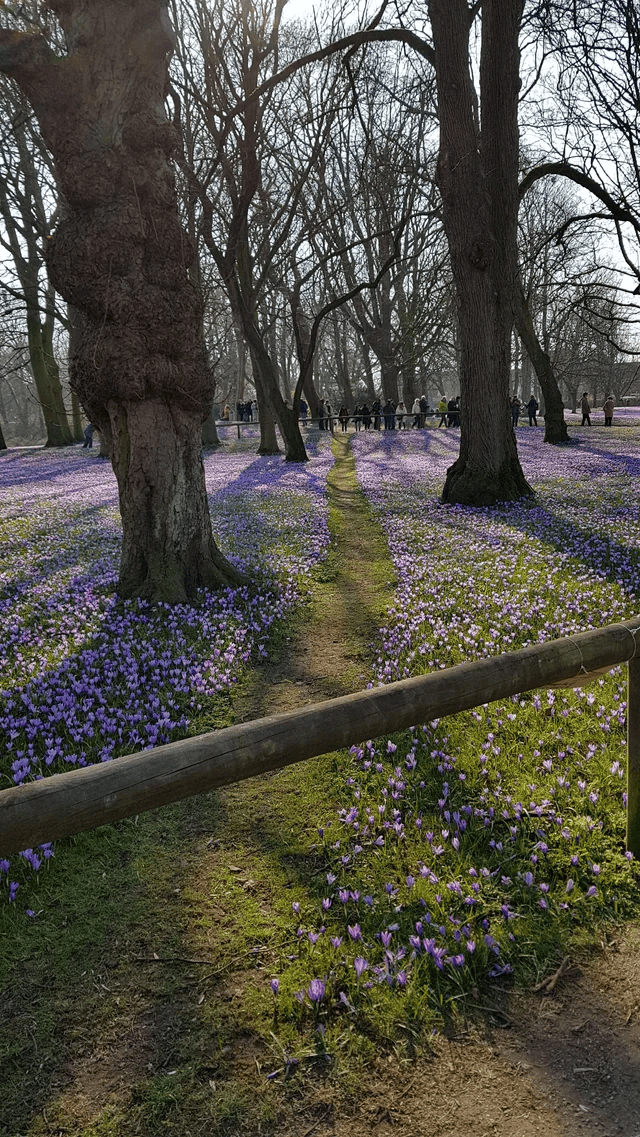
Productizing the path
Consider the story of Disneyland.
As the legend goes, Walt Disney didn’t rush to fence in the grassy areas of the new theme park. Instead, he waited to see all the ways people went from attraction to attraction. It wasn't long before desire paths emerged.
Now, Disney had clarity into how he could improve the park grounds. He knew where he could pave desire paths to improve efficiency in movement, both for customers and employees. He also received insights into opportunities to increase delight in the experience along the way. Disney could even see what areas of the park were most desired, and those which were neglected.
For Disney, desire paths represented opportunities to understand his customers and improve his product and profits.
Disney wasn't the only one who saw the opportunity in desire paths.
Let's go back to college. Planners on college campuses like Ohio State University, Michigan State University, and Reed College³ also sought to crowdsource where additional walkways were needed. Before paving any new walkways, these administrators waited and watched, looking for desire paths to emerge once school was in session. Like Disney, once the paths became visible, the campus planners took note. By paving those walkways, they codified certainty and efficiency for students and teachers, keeping the campus beautiful in the process.
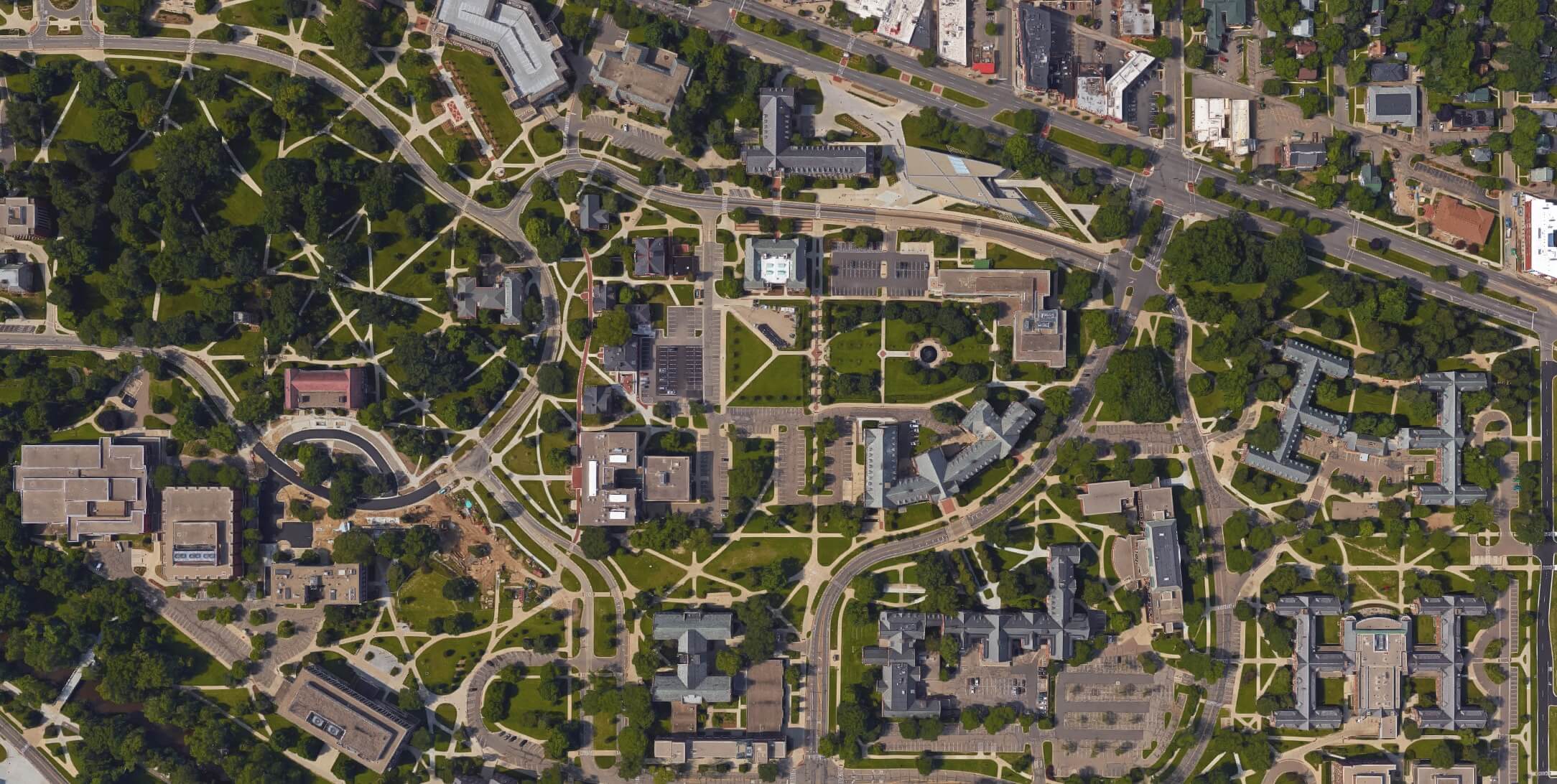
Use desire paths to spot opportunities
Anyone can extend the lesson of desire paths to their business, their product, or their service. You must develop a habit of looking for the desire paths people take to get what they want. Here are a few ways to get started:
- Observe! Watch how people use your software.
- Watch how they use their phones and their laptops.
- Pay particular attention to the details, looking for repetitive behaviors that might present opportunities for efficiency.
- Watch what they don't do — especially if you wish they would.
- Investigate anything unusual.
- This might look like some way to bypass a constraint.
- This might look like using the product "wrong" to achieve a novel result.
- Whenever you see someone acting in a way that doesn't make sense to you, ask, "How is this right for them?"
- Figure out what people achieve through their actions — because that achievement is what fulfills their desire. (If you're lucky, you may even be able to figure out what their desire is, precisely.)
Once you see a desire path, consider how you might pave it, further improving your product or service through increased certainty and efficiency.
If you can't pave the path, don't despair. Consider how you might make the path irrelevant (so they no longer take it). You do this by figuring out why they use the path at all.
(For that, refresh your memory on Clayton Christensen's Jobs To Be Done framework)
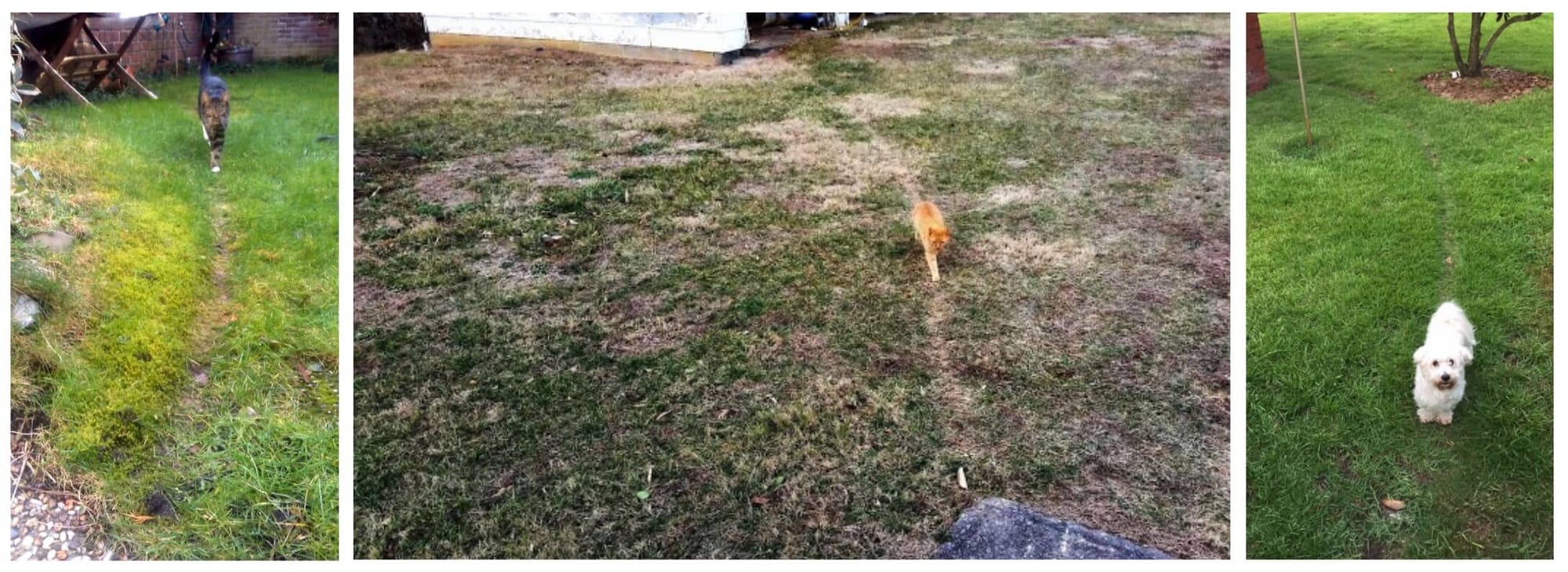
Find what's right for them
We all know that fulfilling desires is the essence of every successful business, product, or service. Keep looking for the desire paths in your industry, your product, or your service. Explore those paths to see where they lead, and turn that value into a product or service available to all.
Hope is like a path in the countryside. Originally, there is nothing — but as people walk this way again and again, a path appears.
— Lu Xun, 1921
This article is part of a growing collection of frames for understanding what's right for people — in order to build better businesses, products, and services.
Footnotes
¹ There’s no official name for desire paths, really, and that is as it should be.
² See the this write-up on Walt Disney’s attention to detail.

